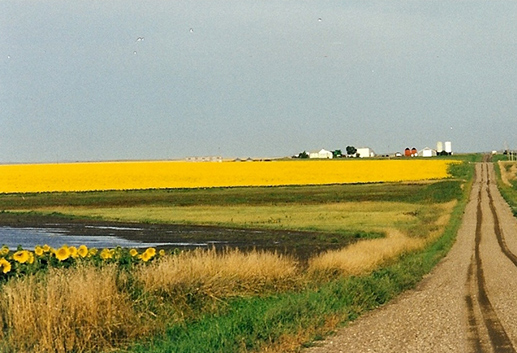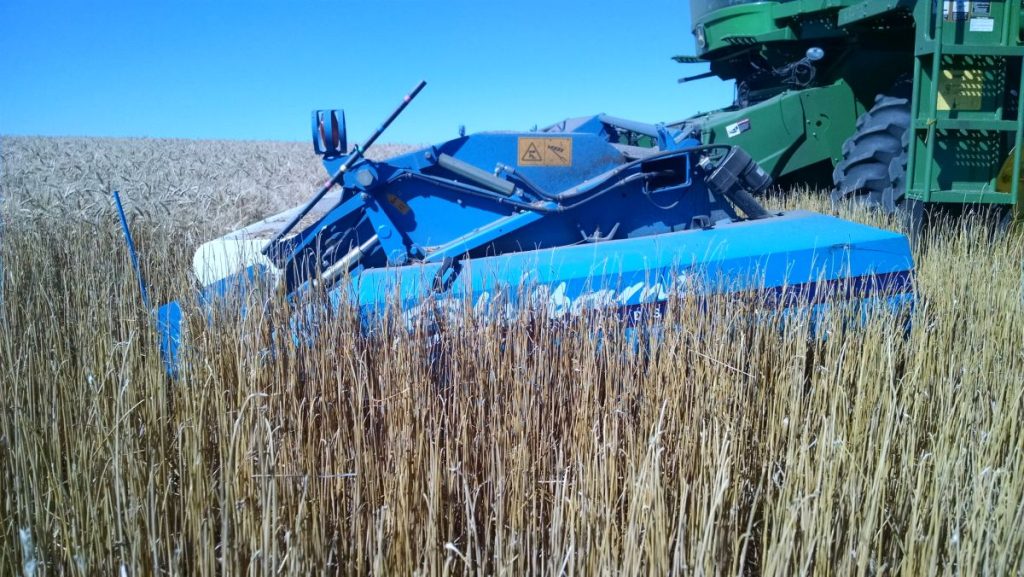Big habitat is built upon upland terrain rich in multi-specie ground cover. The natural drainage ways of Tripp County South Dakota make a solid base-level pheasant habitat (prairie grasses, forbs, cat tails, springs, insects). The surrounding landscape consists of broad ridges extending from northwest to southeast separating creeks that carry rainwater 10 miles north to the White River, which empties into the Missouri River 37 miles east. The rolling prairie naturally attracts upland game birds (Ring Necked Pheasants, Sharp-tailed Grouse, and Greater Prairie-Chicken). The crop production of the region (Wheat, Sorghum, Corn, Sunflower), supplies some nutrition to upland game birds.


